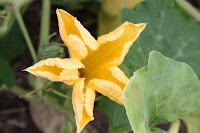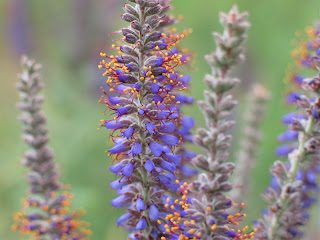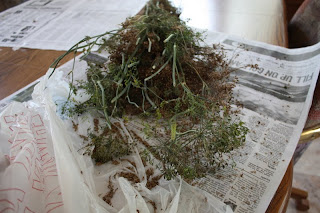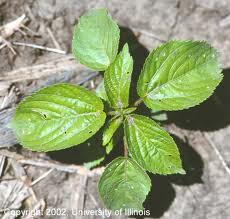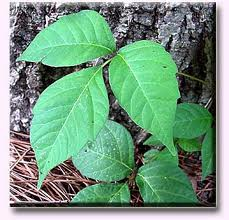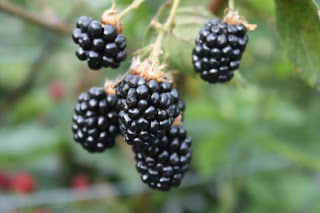In a normal year, summertime watering is a time to take a look at your plants, pull a few weeds and notice problems to address. Drought and extreme heat make watering more of a necessity. This year we have to pay attention to shrubs, trees and perennials as well as annuals and containers. Shrubs and trees do not have to be watered every day or every week. In fact, regular, shallow, watering can cause roots to grow to the soil surface where hot sun will scald them. Hand watering is the best method of caring for plants. And there are many hand watering tools to help with the chore, including bubblers, adjustable spray guns and sprinkler attachments. Unfortunately, for busy people, hand watering is too labor intensive and time consuming, so other methods have to be used. There's no better way to water a corner and fill a bird bath than a handheld hose. There are several ways to water a garden include flood, drip and sprinkler. Drip irrigation is one of the most water-effi

